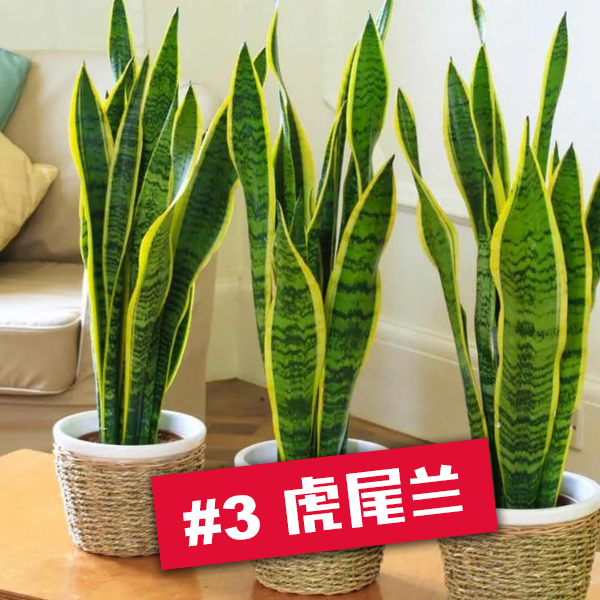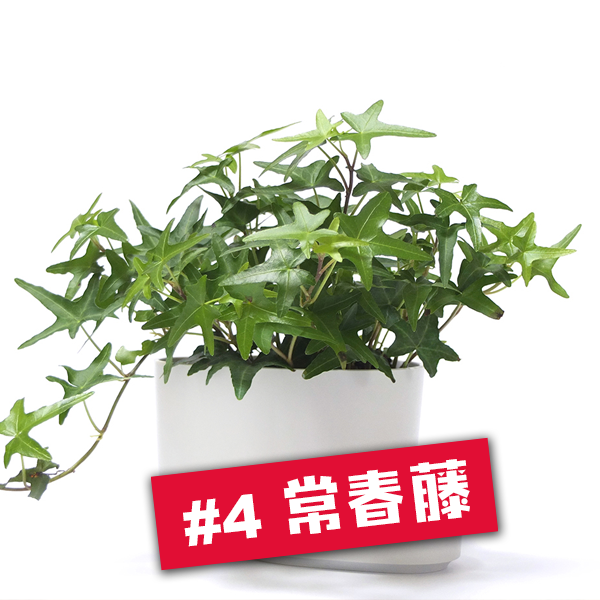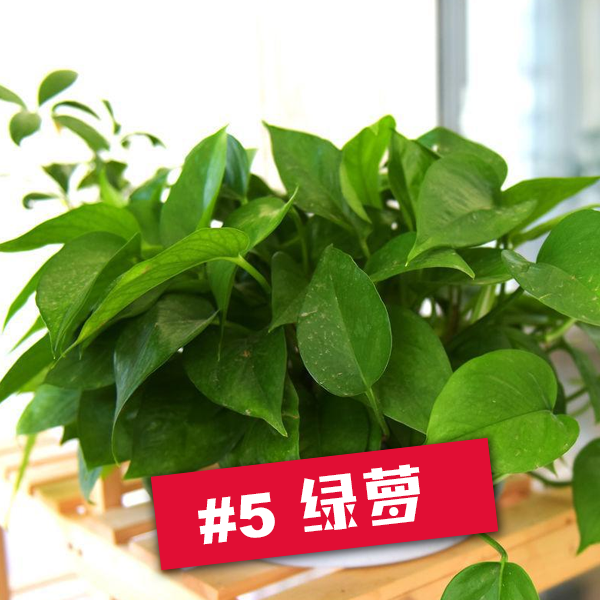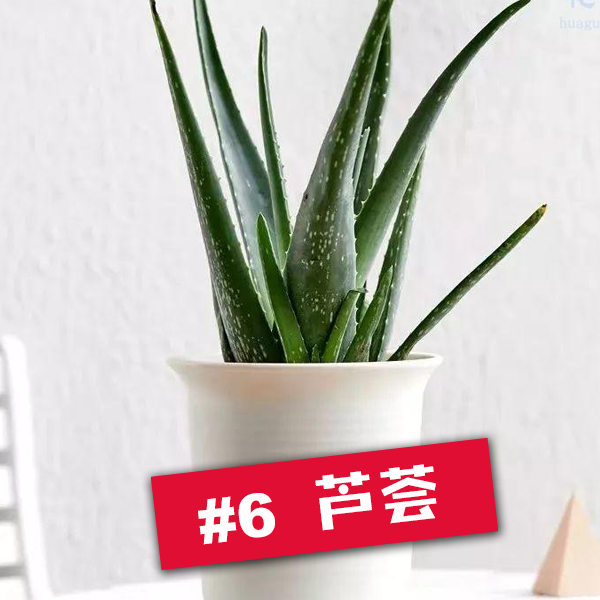
Volatile organic compounds (VOCs) are toxic gases that evaporate at indoor temperatures, and formaldehyde (Formaldehyde) is one of them. It is a colorless, irritating and common indoor pollutant. It can reduce the body's resistance and metabolism, and is listed as a carcinogen harmful to the human body by the World Health Organization (WHO). So how should we deal with formaldehyde in the air?
It is known that plants can convert carbon dioxide into oxygen. In addition, plants can also use their own metabolism to decompose toxic gases. Plants such as spider plant, monstera, sansevieria, ivy, green basket and aloe vera can absorb formaldehyde.
7 most effective natural tools for removing formaldehyde
1. Spider Plant
Chlorophytum has a very strong adaptability and is also one of the common hanging plants indoors. It can perform photosynthesis under weak light to absorb indoor harmful gases, such as carbon monoxide in electrical appliances and plastic containers. It can even absorb relatively stable harmful substances such as formaldehyde and nicotine in cigarette smoke, and is among the most powerful air purifiers. The plant also has the reputation of "green purifier".

2. Monstera (Philodendron)
Monstera is a plant that is green all year round and extremely shade-tolerant, so it is suitable to be placed indoors. It is a plant that can absorb formaldehyde, benzene and other volatile harmful gases. Second, Monstera can absorb carbon dioxide at night and improve air quality. However, Monstera's sap is irritating and corrosive and can cause stinging and burns if used carelessly.

3. Snake Plant
Sansevieria can absorb harmful indoor gases and also help absorb formaldehyde. In addition, Sansevieria is a master at producing anions, so it can release oxygen at night and improve air quality. Sansevieria is also a cooling plant, so it has medicinal properties, clearing away toxins and dissipating heat.

4. English Ivy
The branches of ivy are thin and soft, and they can climb on other objects. It can decompose formaldehyde in the air, nicotine and xylene and other harmful substances in the haze, and has a strong adsorption effect on fine dust. The sap of ivy may cause skin allergies, so it is recommended to place the ivy in a high place to avoid contact with children and pets.

5. Devil's Ivy
In addition to decomposing benzene, trichlorethylene and formaldehyde in the air into useful nutrients for its own growth, pothos also has a deodorizing function, so it is very suitable to be placed in newly renovated rooms. However, during the process of planting green baskets, try not to touch the sap with your hands, otherwise it will easily become red, swollen and itchy. In addition, it is not recommended to place pothos in the bedroom, because in the absence of sunlight, green pothos will absorb oxygen and release carbon dioxide.

6. Aloe Vera
Aloe vera also helps absorb formaldehyde and purify the air. If the concentration of carbon dioxide and formaldehyde in the air exceeds the standard, aloe vera will experience abnormalities, such as growth being inhibited and black spots appearing on the surface. Therefore, no matter what kind of aloe vera, it cannot completely absorb indoor formaldehyde.

However, can a green environment and plants that eliminate formaldehyde really solve the formaldehyde problem?
According to expert answers, although plants help absorb formaldehyde, they can only play a certain role in air purification. Because the respiration of plants is very weak and their adsorption capacity is not great, it is very difficult to rely solely on them to remove excessive formaldehyde. . The most important thing is that the release period of formaldehyde can generally last up to 15 years. Calculated based on the absorption speed of plant photosynthesis, a 100-square-meter house requires 1,800 pots of plants to help absorb the daily formaldehyde release . Therefore, plant purification still has certain reservations about solving the formaldehyde problem.

Acson Anti VOC Spray
With the development of technology, Acson Anti VOC Spray is a spray that can decompose formaldehyde. It uses Korean patented Nano Titanium Dioxide Technology to decompose VOCs in the air, including formaldehyde, and has antibacterial and deodorizing functions. As long as it is exposed to sunlight or indoor light, the Nano Titanium Dioxide attached to the surface of the object will turn into a photocatalyst and begin to decompose. If properly maintained, the effect of the photocatalyst can last up to 2 years. It is perfect for use on new furniture (inside and out), new cars, walls, wallpaper and carpets
Acson Anti VOC Spray is a formaldehyde-removing, antibacterial and deodorizing spray that is more effective than plants. Therefore, please visit the official website at https://www.acson.com.my/anti-voc-spray and purchase Acson Anti VOC Spray to protect your family’s health!








